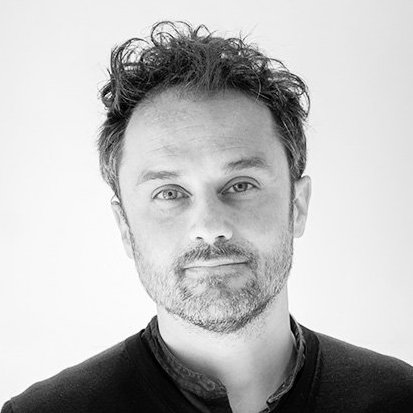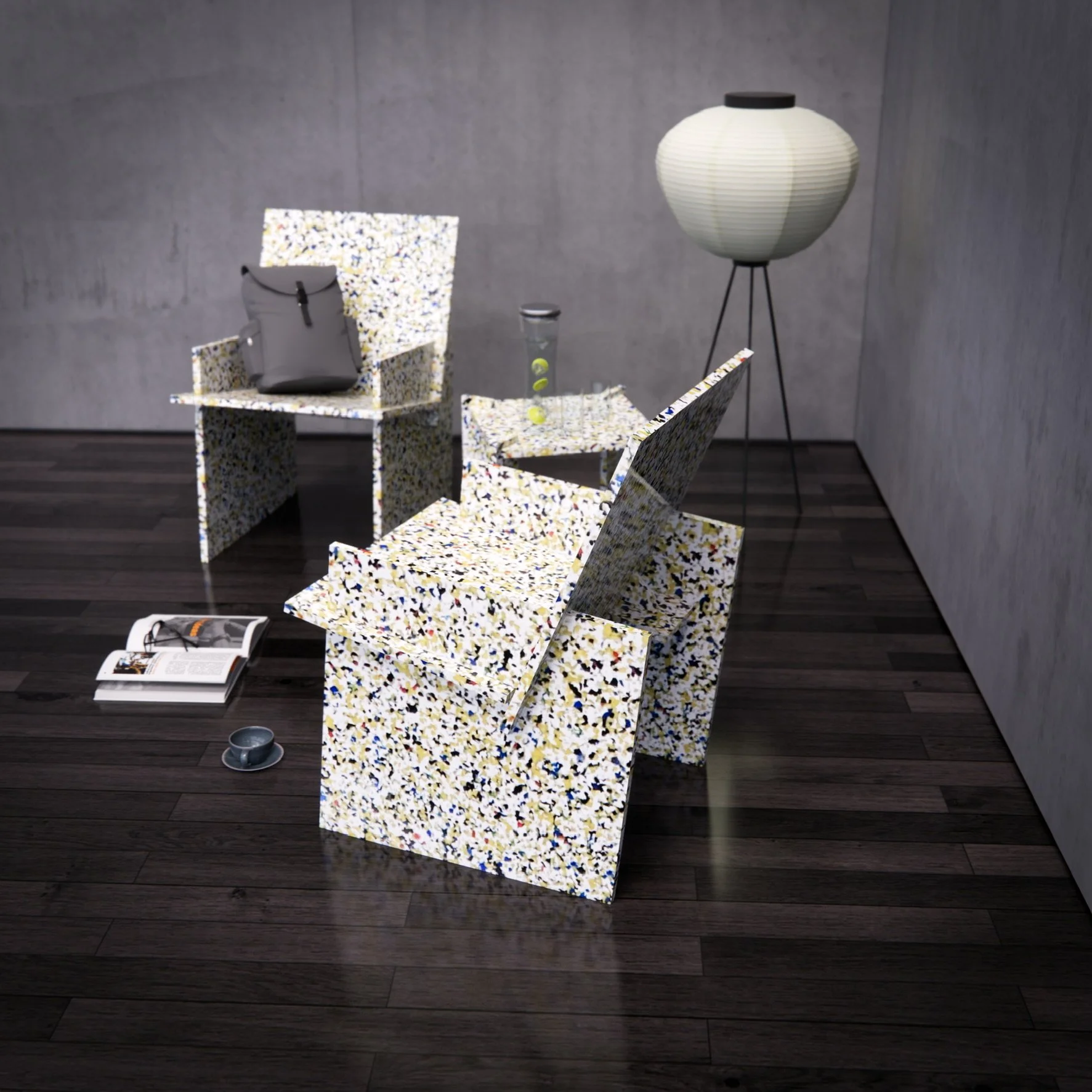I've started to play with the Processing framework for the visualisation of our Ooo-Ya-Tsu project with art collective Qubo Gas and drummer Olivier Durteste.
Part of the visualisation design is to create a flexible particle system that will handle the interactions between the graphical elements of the projection. Here's a screenshot of my first stab at this particle system in action, for the moment driven by some simple gravitation rules.





















































